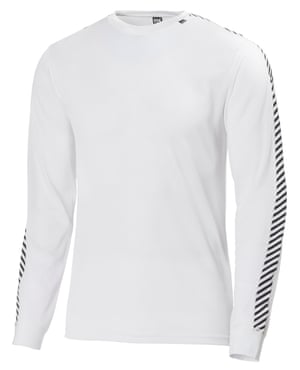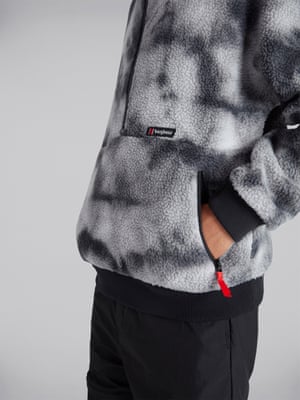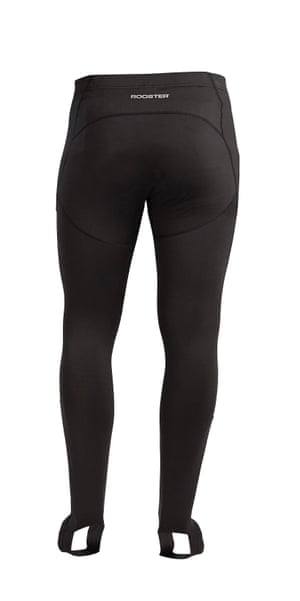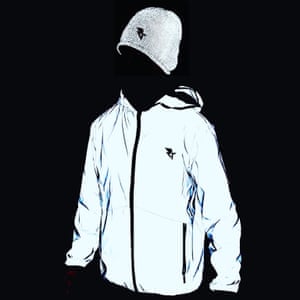As temperatures drop and the cold harmattan breeze blows in the morning, it looks like lots of us will be working out this weekend. But, with the right clothes, your fitness plan can adapt to an outside setting Feel the earth move: what to wear to exercise outside,Here are six tips to help you get dress like a pro for an outside workout.
exercising outside is going to be this lockdown’s route to much-needed endorphins. But how to brave dropping harmattan temperatures and still enjoy activities like running, cycling, yoga or a HIIT session? Wearing the right gear, for a start. Here are six tips to help you get dress like a pro for an outside workout.

Base layers are crucial
Those long-sleeved tops are beloved by runners for a reason. They provide a thin layer of warmth but also, as you start to warm up, they “wick” away the sweat from your body, meaning you’re both more comfortable during your workout and you don’t get cold as you cool down. Cold sweat on the skin quickly reduces the body’s temperature and, in extreme cases, can lead to hypothermia. If you are tempted to move a less sweaty mat-based exercise like yoga or pilates outside, in order to get some fresh air, a base layer would work worn with a hoodie and leggings.

Don’t wear too many layers
If it’s cold outside, you wrap up warm, right? Not if you’re planning on exercising – the body will warm up even in colder temperatures. This is where light layers come in – gilets, fleeces and the like. A down gilet may be enough to wear with just a base layer for a run or a HIIT session, while a fleece or hooded jacket could work well for yoga or as an extra layer while cycling. Fleeces are also quite fashionable at the moment, so that’s a bonus – there are plenty to choose from. Remember to take layers off as you get too hot – again to avoid the risk of hypothermia from wearing cold, wet clothes.

Avoid cotton
If cotton is a more pleasant fabric to wear on a day-to-day, it’s not the right thing to wear when working out – particularly as the layer closest to your skin. It dries slowly, making it incompatible with you getting your sweat on. Instead, experts recommend polyester, nylon and polypropylene, which, apparently, dry 50% faster than cotton. More natural and sustainable alternatives are made from bamboo and merino wool, or – with a wash – secondhand items are an option, too.

Dress for the wet as well as the cold
A good waterproof jacket is an investment – or the one you used to use for cycling to work can be redeployed here. As for other layers, some recommend wearing a small plastic bag on your feet inside your socks to keep them dry if – for example – you’re doing a pilates bridge on dewy grass. If you do get wet, change into dry clothes as soon as possible – some people suggest taking a set of dry clothes with you to the park – to avoid catching a chill.
Accessories are essential
For anyone too scared by the wrath of their yoga teacher to sport anything other than bare feet in a studio class, your time is now. Yoga socks – the ones with the grippy soles – are essential to avoid both cold tootsies and potentially slipping on a mat in an outside setting. Meanwhile, Runners World says that gloves should be the first thing you reach for as the temperatures drop – even while you’re still combining them with shorts and a T-shirt. Some experts even suggest wearing latex gloves under your outer gloves to stay warm and dry. Light beanies or headbands are recommended for mat-based exercise and, for all-weather cyclists, overshoes – worn as an extra layer on top of cycling shoes – are a winter favourite.

Stand out
Winter means a drop in temperature but also fewer hours of light – the sun sets at about 4.30pm at the moment. That means you need to be visible, whatever the outside exercise you’re partaking in (night-time pilates anyone?). Reflective jackets fulfil that function, while also looking like something from the future. Alternatively, some products double up in usefulness – a reflective beanie, for example, keeps you warm and visible, and some are quite subtle – lots of cycling gloves, for example, tend to have flashes of reflective fabric. You could also invest in a head torch if you’re really committed to after-dark exercise.



No comments:
Post a Comment